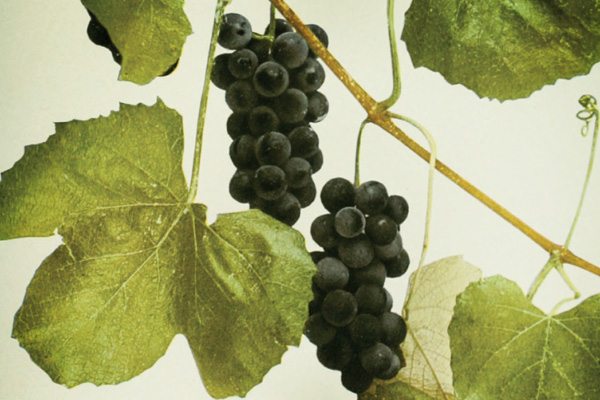[Washington, DC, April 29, 2021] A new partnership between the United States Botanic Garden (USBG) and NatureServe unites expertise in plant conservation and education. Together, the partners will tackle two critical areas of plant conservation – assessing threats to at-risk plants and safeguarding the wild relatives of crops – while also educating the public about the growing risk of plant extinction.
The partnership will undertake conservation status assessments for a wide variety of plants native to the United States. Approximately one-third of North America’s native flora is considered vulnerable to extinction. Among these thousands of plants, hundreds of them are exceedingly rare and urgently need protection to avoid extinction. This collaboration will focus on identifying and evaluating the extinction risks and conservation status of single site endemics (plants that are known from only one site or restricted to an extremely small geographic area). This partnership, along with other resources, will allow botanists from NatureServe and their conservation partners to complete the assessments for approximately 150 plants considered to be at the greatest risk of extinction in the United States. Results of this project will be used as a resource to inform conservation priorities and actions.

NatureServe and the USBG will also focus on the importance of conserving crop wild relatives, the closely related plants of agricultural staples like grains, nuts, fruits, and vegetables. Crop wild relatives are critical to the future of food security as they can often withstand diseases and pests and thrive under a variety of environmental conditions. Using grapes (Vitis spp.) as a model for integrated crop wild relative conservation, the partners will develop conservation plans, complete conservation status assessments, and conduct educational programs on grape species native to the United States and critical to the wine industry.
The partners will also support a variety of training, outreach efforts, and educational programing to increase public awareness of North America’s at-risk plants and the critical importance of their conservation.
“Understanding the current state of threatened plants builds a strong foundation for conservation work,” said Dr. Saharah Moon Chapotin, USBG Executive Director. “We are excited to work with NatureServe on these vital conservation projects. Supporting plant science and conservation, especially of U.S. native species and crop wild relatives, is a priority for the USBG. This important work on protecting rare plants, some found nowhere else in the world, and the wild relatives of grape, one of our most economically important crops, is also a fantastic opportunity to engage the public in plant conservation.”
“Preventing extinction is a complex effort that requires vast expertise and resources,” said Sean T. O’Brien, President and CEO of NatureServe. O’Brien continued, “Our partnership with the United States Botanic Garden combines their years of expertise in public education with NatureServe’s unparalleled data and deep knowledge of at-risk species and ecosystems. Working together allows us to utilize each other's strengths to be more efficient and effective in preventing extinction.”
Contact
Devin Dotson, U.S. Botanic Garden, devin.dotson@aoc.gov, (202) 306-6743
Samantha Lee Belilty, NatureServe, Samantha_Belilty@natureserve.org, (703) 908-1871
About United States Botanic Garden
The United States Botanic Garden (USBG) is the oldest continuously operating public garden in the United States. The Garden informs visitors about the importance and fundamental value and diversity of plants, as well as their aesthetic, cultural, economic, therapeutic, and ecological significance. With over a million visitors annually, the USBG strives to demonstrate and promote sustainable practices. The U.S. Botanic Garden is a living plant museum accredited by the American Alliance of Museums and Botanic Gardens Conservation International. www.USBG.gov
About NatureServe
For nearly 50 years, NatureServe has been the authoritative source for biodiversity data throughout the Americas. To protect threatened biodiversity, NatureServe works with nearly 100 organizations and over 1,000 conservation scientists to collect, analyze, and deliver standardized biodiversity information, providing comprehensive spatial data to meet both regulatory and conservation needs. NatureServe and its network partners develop and manage data for over 100,000 species and ecosystems, answering fundamental questions about what exists, where it is found, and how it is doing.